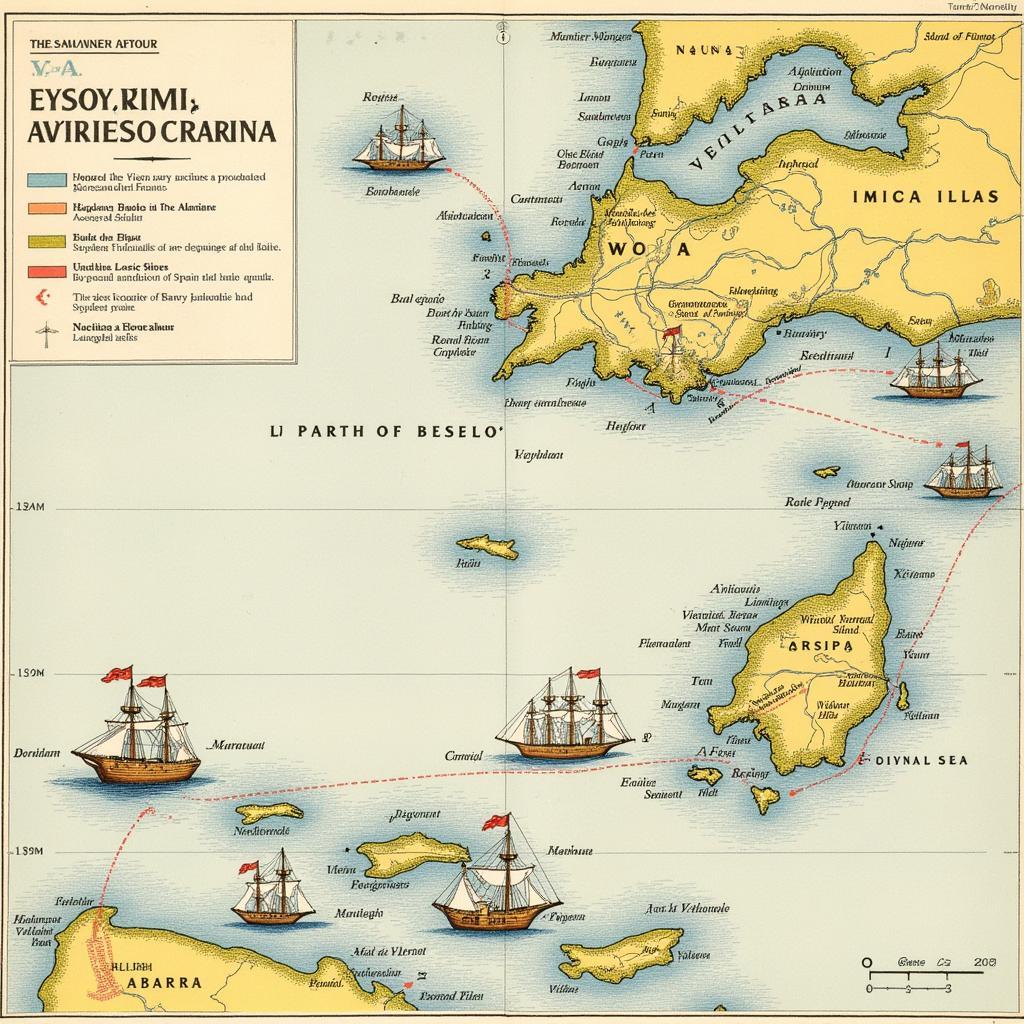Exploring the Intricate World of African Cutworks
African Cutworks represent a vibrant tapestry of artistic expression woven into the fabric of diverse cultures across the continent. From intricate textile designs to elaborate wood carvings and even captivating body art, these cutworks showcase the creativity, skill, and rich heritage of African artisans. This article delves into the fascinating world of African cutworks, exploring their history, significance, and the various forms they take.
A Journey Through the History of African Cutworks
African cutworks boast a rich history that stretches back centuries. Evidence of early cutwork traditions can be seen in archaeological discoveries, such as ancient rock art and pottery fragments adorned with incised patterns. These early forms of artistic expression laid the foundation for the development of more complex cutwork techniques in various mediums. Over time, different regions and ethnic groups developed their own unique styles and motifs, influenced by their environment, beliefs, and social structures. The transmission of these skills often occurred within families and communities, ensuring the preservation of these artistic traditions across generations.
The Significance of African Cutworks in Culture and Tradition
African cutworks are not merely decorative elements; they hold deep cultural and symbolic meaning. They often serve as a means of storytelling, conveying narratives about history, mythology, and social values. Specific patterns and motifs can represent clan affiliations, social status, or spiritual beliefs. In many African cultures, cutworks play a crucial role in ceremonies, rituals, and festivals, adding a layer of visual richness and symbolic depth to these important occasions. From ceremonial masks used in dances to intricately carved wooden sculptures adorning shrines, African cutworks embody the spiritual and cultural essence of the people.
Exploring the Diverse Forms of African Cutworks
African cutworks manifest in a remarkable variety of forms, each showcasing the ingenuity and artistic flair of the artisans. Textile cutworks, such as appliqué and embroidery, are particularly prominent, featuring intricate patterns and vibrant colors. Wood carving is another significant form of African cutwork, resulting in stunning sculptures, masks, and utilitarian objects. Additionally, calabash carving, beadwork, and even body art, such as scarification, incorporate cutwork techniques, further demonstrating the versatility and artistic richness of these traditions.
African Textile Cutworks: A Celebration of Color and Pattern
African textiles are renowned for their vibrant colors, bold patterns, and intricate cutwork designs. Appliqué, a technique involving stitching pieces of fabric onto a base material, is widely practiced across the continent, creating stunning visual effects. Similarly, embroidery, with its delicate and detailed stitching, adds a touch of elegance and sophistication to garments and other textiles. These textile cutworks often feature geometric patterns, stylized animal figures, and symbolic motifs, reflecting the cultural heritage and artistic vision of the creators.
The Art of African Wood Carving
African wood carving holds a prominent place in the continent’s artistic landscape. Skilled artisans transform wood into intricate sculptures, masks, and everyday objects, demonstrating their mastery of cutwork techniques. These carvings often depict human figures, animals, and spiritual entities, imbued with symbolic meaning and cultural significance. From large-scale sculptures adorning public spaces to smaller, intricately carved masks used in ceremonies, African wood carving embodies the artistic heritage and spiritual beliefs of diverse communities.
“African wood carving is more than just an art form; it’s a spiritual practice, a way of connecting with our ancestors and the natural world,” says Adebayo Ogunlesi, a renowned Nigerian art historian.
Beyond Wood and Textiles: Other Forms of African Cutworks
While textiles and wood carving are prominent forms of African cutworks, other mediums also showcase the artistry and creativity of African artisans. Calabash carving, for instance, involves transforming dried gourds into intricate vessels and decorative objects. Beadwork, with its meticulous arrangement of colorful beads, creates stunning jewelry and adornments. Even body art, such as scarification, which involves creating raised scars in specific patterns, can be considered a form of cutwork, reflecting cultural identity and personal expression.
“African cutworks demonstrate the remarkable versatility of artistic expression, showcasing the ingenuity and creativity of artists across diverse mediums,” explains Dr. Fatima Mbaye, a Senegalese anthropologist specializing in African art and culture.
Conclusion: The Enduring Legacy of African Cutworks
African cutworks represent a rich and diverse artistic heritage, reflecting the creativity, skill, and cultural values of communities across the continent. From intricate textile designs to elaborate wood carvings and captivating body art, these cutworks offer a glimpse into the history, beliefs, and artistic vision of African peoples. By exploring and appreciating the diverse forms and symbolic meanings of African cutworks, we can gain a deeper understanding of the continent’s rich cultural tapestry. Let us continue to celebrate and preserve this vibrant artistic legacy for generations to come.
FAQ: Frequently Asked Questions about African Cutworks
-
What are the most common materials used in African cutworks? Wood, textiles, calabash, and beads are among the most commonly used materials.
-
What is the significance of patterns and motifs in African cutworks? Patterns and motifs often hold symbolic meaning, representing clan affiliations, social status, or spiritual beliefs.
-
How are African cutwork traditions passed down through generations? The skills and knowledge are often transmitted within families and communities, ensuring the preservation of these artistic traditions.
-
Where can I see examples of African cutworks? Museums, art galleries, and cultural centers around the world often feature collections of African art, including cutworks.
-
How can I support African artisans and their cutwork traditions? Purchasing authentic African cutworks directly from artisans or reputable fair trade organizations helps support their livelihoods and preserve these artistic traditions.
-
Are there any contemporary artists working with African cutwork techniques? Yes, many contemporary African artists are incorporating traditional cutwork techniques into their work, creating innovative and exciting pieces.
-
What is the future of African cutworks? With increasing global interest in African art and culture, the future of African cutworks looks bright, with opportunities for innovation and wider recognition of these artistic traditions.
If you need any assistance, please contact us at Phone Number: +255768904061, Email: kaka.mag@gmail.com or visit our address: Mbarali DC Mawindi, Kangaga, Tanzania. We have a 24/7 customer service team.

